18 Pics That Will Make You Aww and Laugh at the Same Time
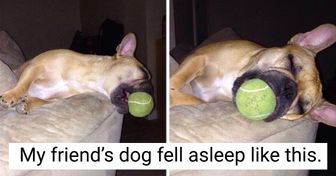
There are many myths and misconceptions about dogs: dog vision, behavior, fun habits, diets and training. In this article, you will learn the explanation of these myths, some amazing facts and important things you should know about dogs.
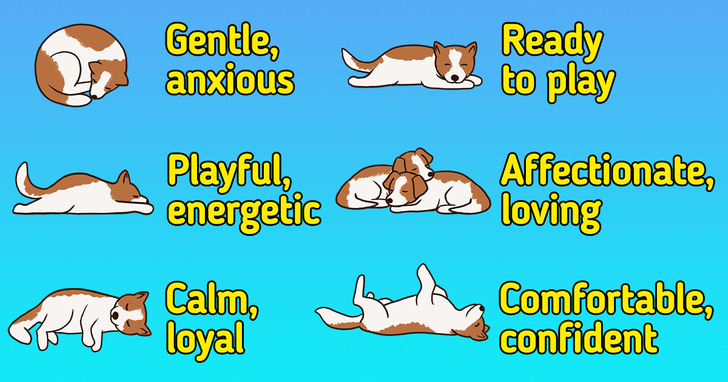
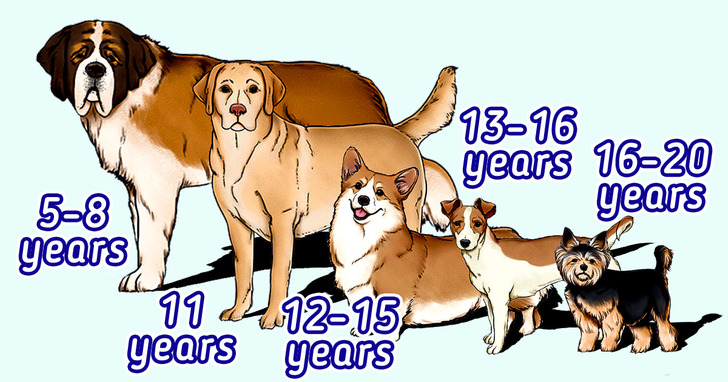
In most cases, small dogs live longer than large ones. There is no exact answer to the question of why this happens, but some experts believe that age-related diseases develop in large dogs earlier than in small ones.
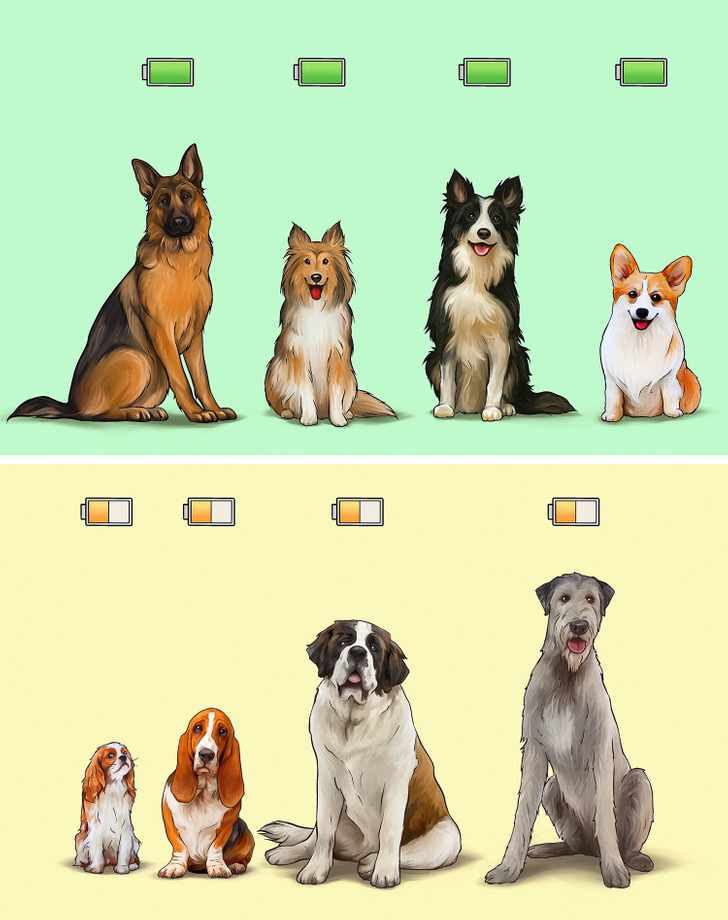
There are 7 classes of breeds:
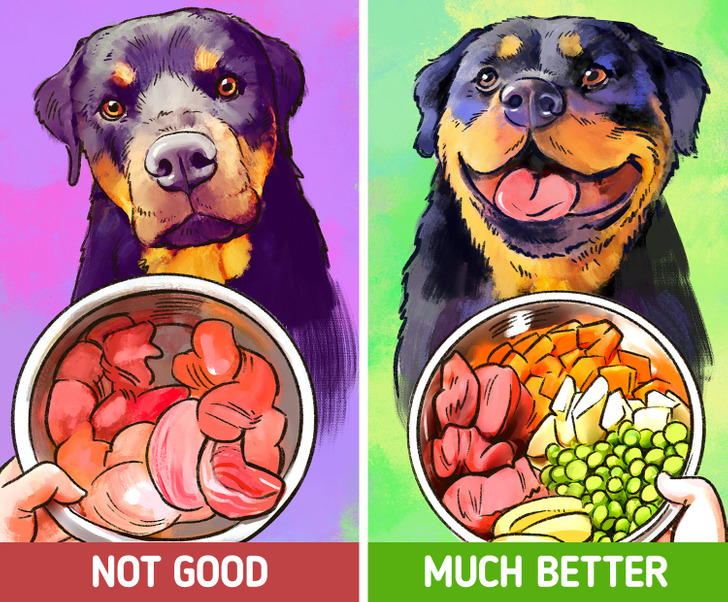
A balanced dog diet should include, not only meal, but also other foods, such as plant foods. Only then can the pet can get all the necessary nutrients. Feeding dogs with meat exclusively may cause a calcium deficiency and secondary hyperparathyroidism (a disruption in the endocrine system).
However, never feed human food to your dog, it’s way too salty, too spicy, and too fatty for them. In fact, lots of our food is very dangerous or even toxic for dogs. You should definitely never feed your pet any table scraps while you are having a meal. This teaches your dog very undesirable begging habits and dogs are incredibly good learners when it comes to things they’re not allowed to do.
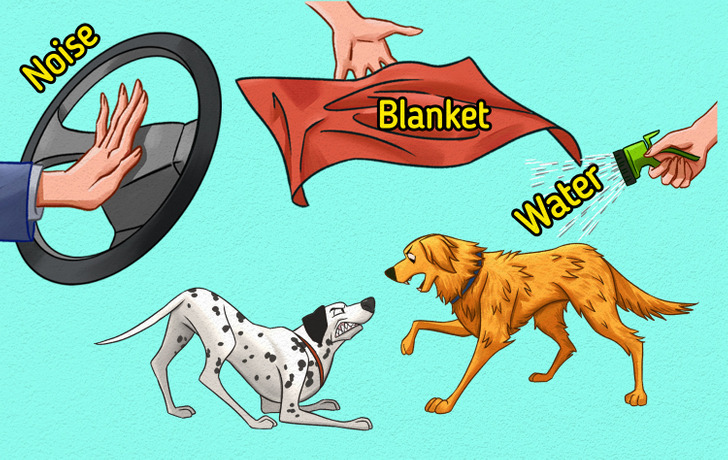
Although many fights are territorial, some may be related to resource guarding, possessions, such as toys, food, poor social skills, etc. Some triggers may cause this situation too. For example, the urge to protect their pack may also ignite a fight. A friendly dog may turn into a fighter if it’s in pain.
They may exhibit aggressive behavior due to their natural canine instincts or fear of feeling threatened. Redirected aggression and unlearned emotional self-control may lead to this spur too. But you can de-escalate the situation without intervening physically.
It’s not easy to jump in amid elevated aggression. It’s scary and dangerous. If you encounter such a breakout, don’t think that a dog won’t bite you, even if it’s your dog. There are a couple of tips to pull it off successfully:
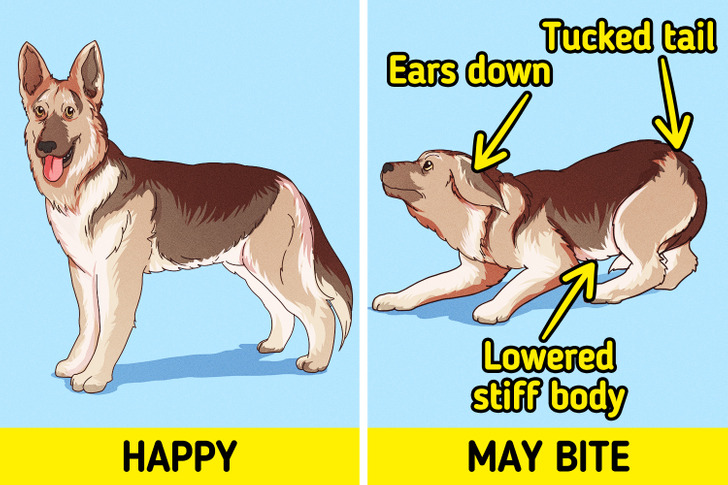
Dog bites often signal that they are uncomfortable, stressed, or threatened by something. There are plenty of reasons why our furry pals use their teeth to communicate their fear, anxiety, pain, or predatory instincts due to their prey behavior or territorial acts. Whatever the reason is, it’s essential to work on the warning signs.
While a comfortable and happy dog has a relaxed body and a wagging tail, we see just the opposite posture in a dog that has a fearful aggressive stance. A frightened dog has a lowered body with a low tail tucked between its legs, whereas an aggressive dog has a stiff and rigid body with a raised tail. When the dog feels an intense threat, it lowers its body posture to protect its throat during an attack.
What to do: It is excellent to understand your dog’s body language. See if it gives away any sign of uneasiness. Regardless, make sure you use caution, move away, and give the dog some space. You can calm it down with your voice.
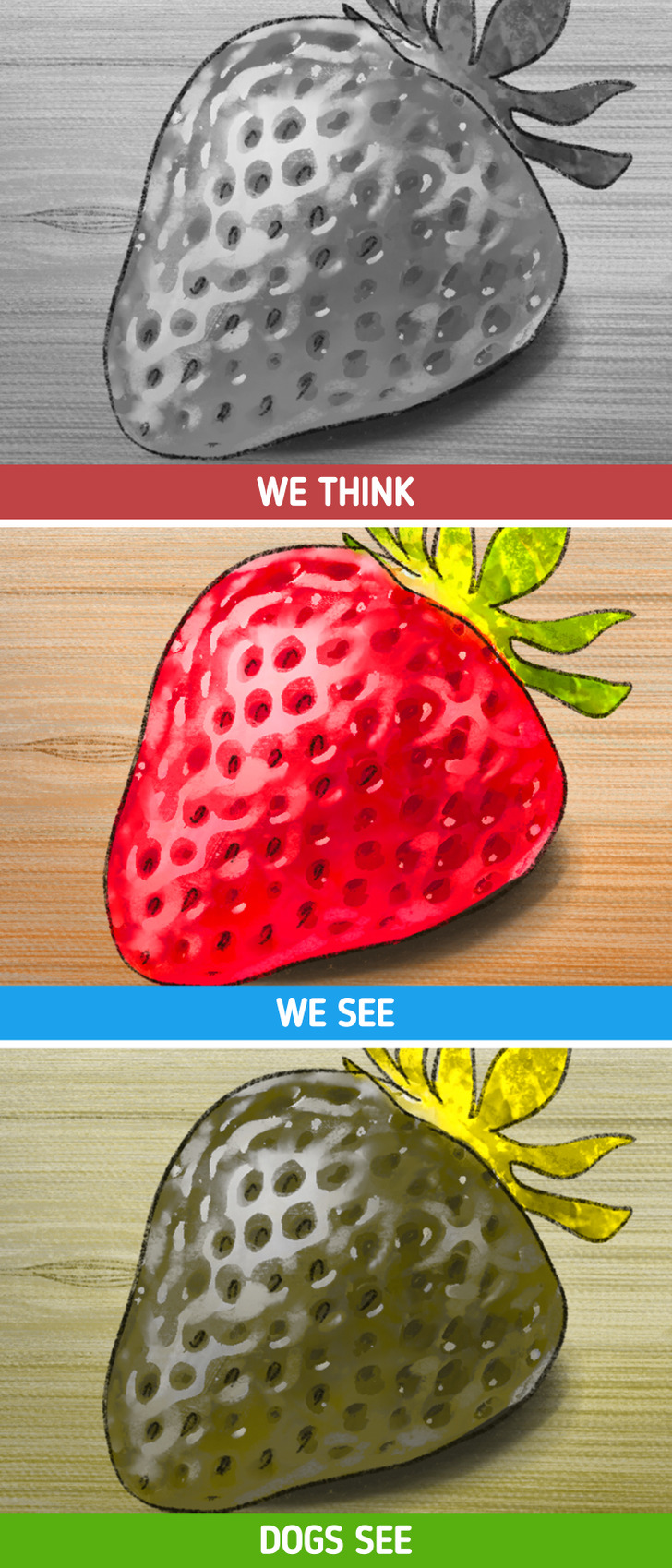
Even though dogs don’t see the world the way we do, they still see color. Their eyes are like those of people with red-green color blindness. So dogs see yellow and blue well but don’t see red and green.
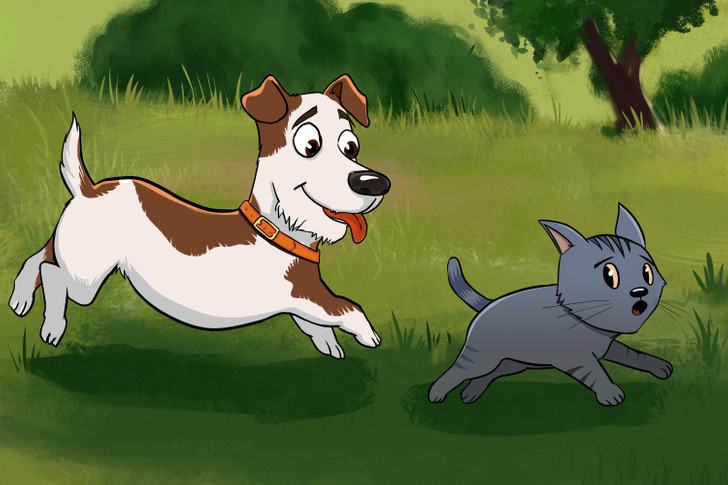
Dogs have a natural instinct to chase small animals that try to run away from them, which is what cats do when trying to avoid open confrontation. Sometimes, however, cats can take more drastic measures: start hissing, arching their backs, and even swiping at the dog with their paws — claws fully extended of course. When confronted by this behavior, some dogs will respond by becoming afraid of cats in general.
But the main reason why cats and dogs fight lies in their fundamentally different behavior. They speak completely different languages.
Dogs are very mobile and behave like children: they want to run and play. This is the way they usually approach cats. Cats, in turn, are wary and suspicious. They freak out and defend themselves when they are suddenly attacked, not realizing that dogs just want to play with them. When a dog realizes that it is being treated in an unfriendly manner, it either leaves or begins to act in the same way.
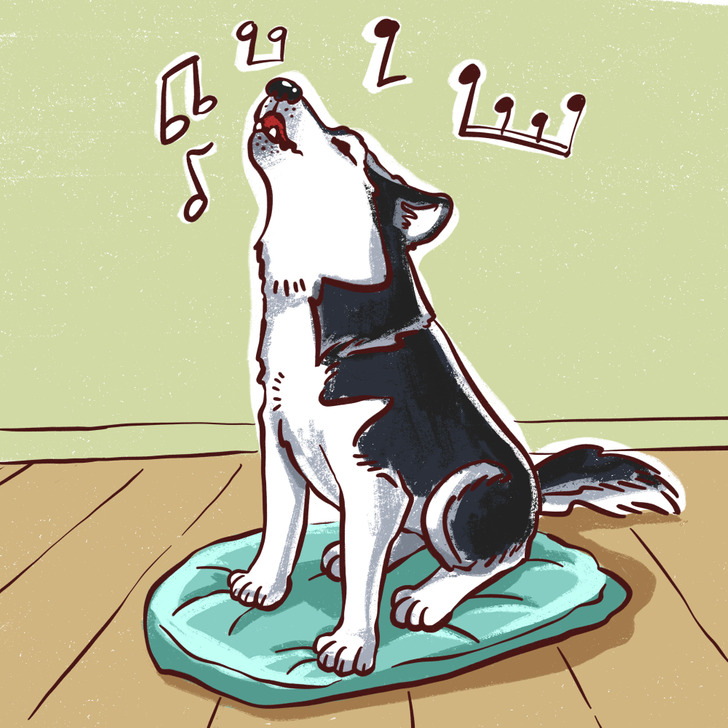
Howling and melodic “singing” is considered normal behavior for dogs, inherent in them by nature. This is not a sign of annoyance — it’s how animals communicate. In addition, they also have their own musical preferences. You can conduct an experiment and find out what sounds your pet likes most, whether it’s a famous musical hit, an opera, or just the howl of another dog.
But if this howling is a problem for you, try the following:
However, sometimes just playing another composition is enough.
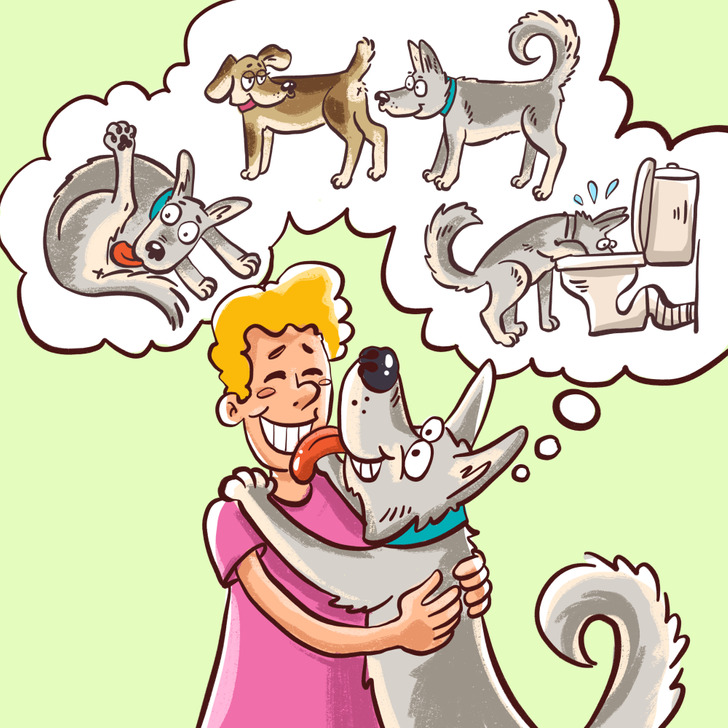
If a dog licks another dog’s face or a person’s face, this is normal social behavior. This is also a way for the dog to ask you to share food (that you have recently eaten), as well as to show affection and attention. Dogs often lick each other or their owners as part of natural grooming. If the dog suddenly licks a stranger’s face, then this may be an attempt to calm down a person who, in the animal’s opinion, can be dangerous.
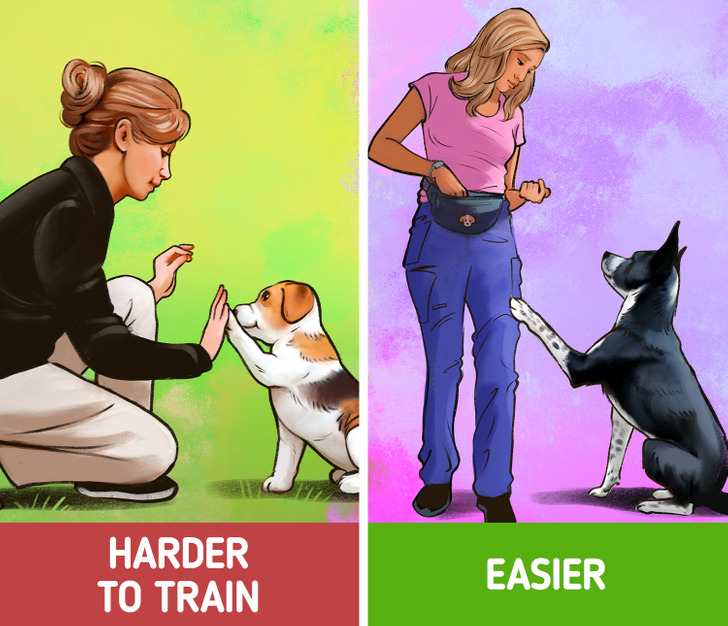
Many people think that only puppies can be well-trained. But it’s actually the other way around. Adult pets are easier to train — they control themselves better and hear your commands. And regular command training can maintain the sharpness of your dog’s mind.
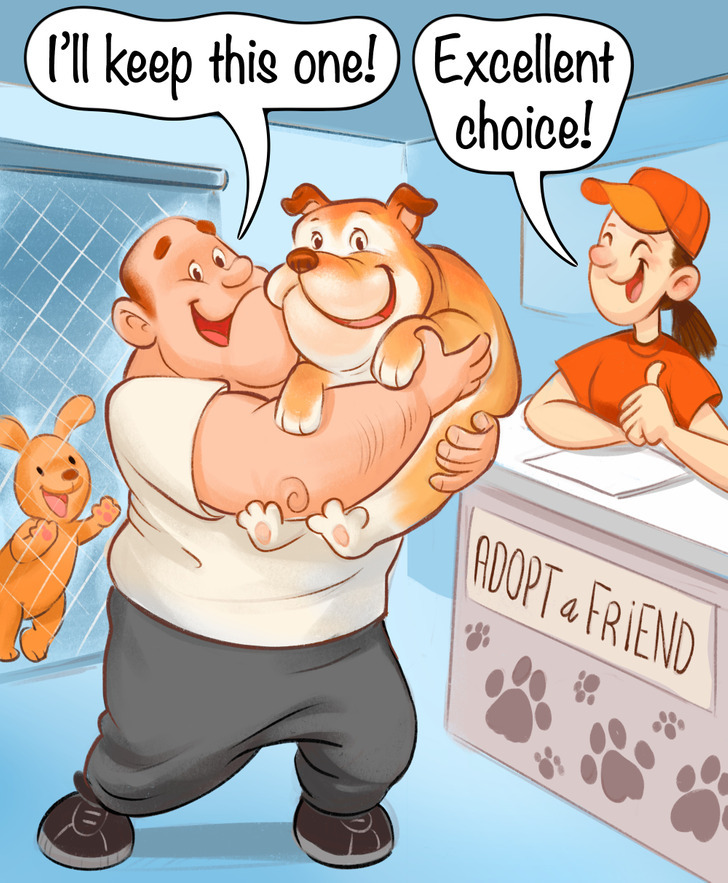
Studies suggest that people tend to choose a pet that, to some degree, looks like them, which also demonstrates that these frequent reports are certainly valid.
But why does this happen? Well, the answer is quite simple: we prefer things that seem more familiar to us, which is a psychological phenomenon technically known as “the mere exposure effect” or “the familiarity effect.” This could also explain why people still listen to radio stations that play only old tunes, or why people may be willing to read the new versions of classic novels.
In this case, to say whether there’s a resemblance between a dog and its owner, their faces would be the key element. Our face is one of the physical traits we’re largely familiar with. Every morning, we look at ourselves in the mirror to shave, fix our hair, or apply make-up, and we probably see ourselves hundreds of times every year as we walk close to reflecting surfaces.
Therefore, just like it happens with everything else we have looked at many times, science suggests that we should feel quite fond of our faces, which could give us a clue regarding why people usually have dogs that look so similar to them. If the main facial characteristics of a specific dog breed look like the general traits of our face, that one breed should promote a more welcoming response in us.
Do you feel like you know dogs better now? Do you have a dog and if so, how easy do you think it is to take care of it? Make sure to let us know what other myths and amazing facts about dogs we should add to this list.











